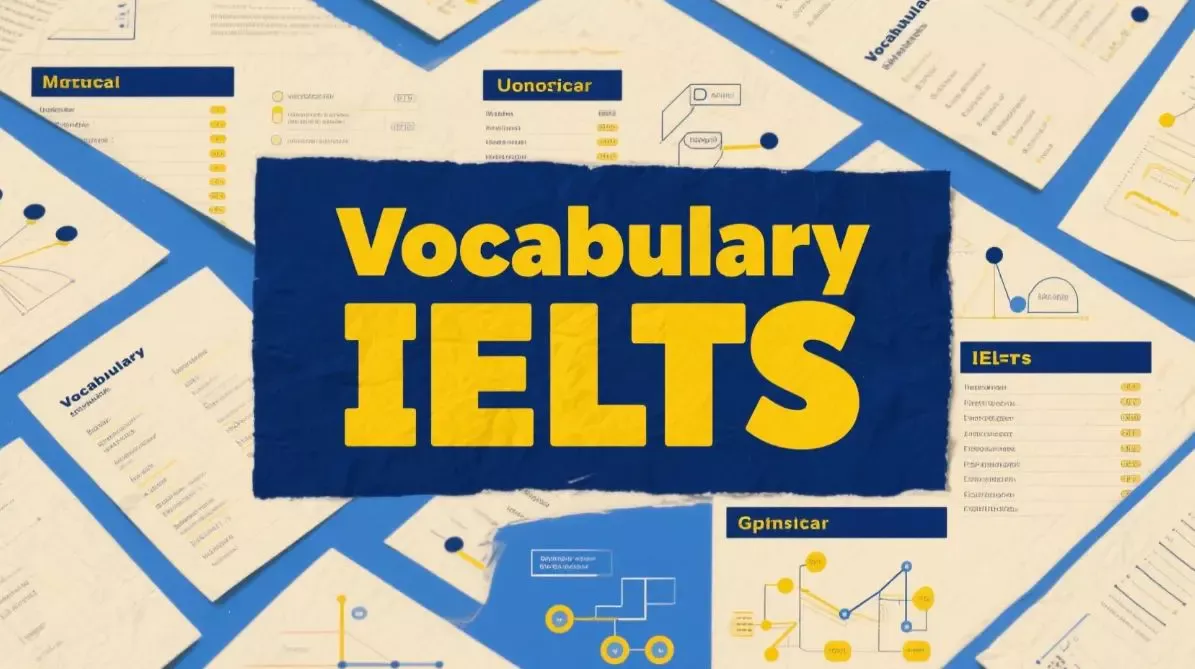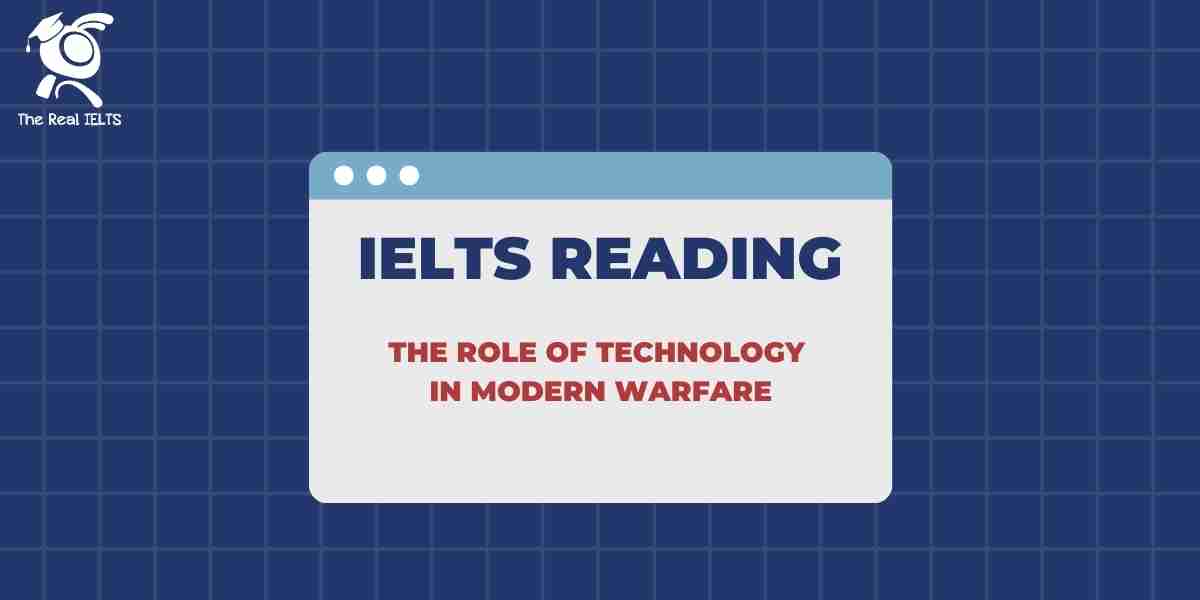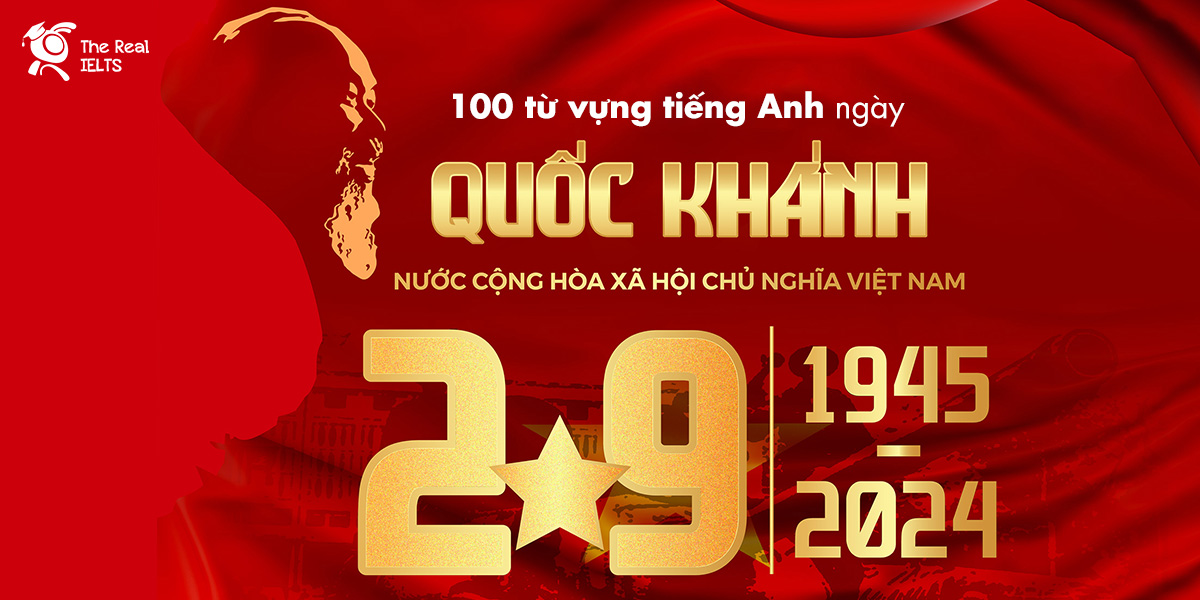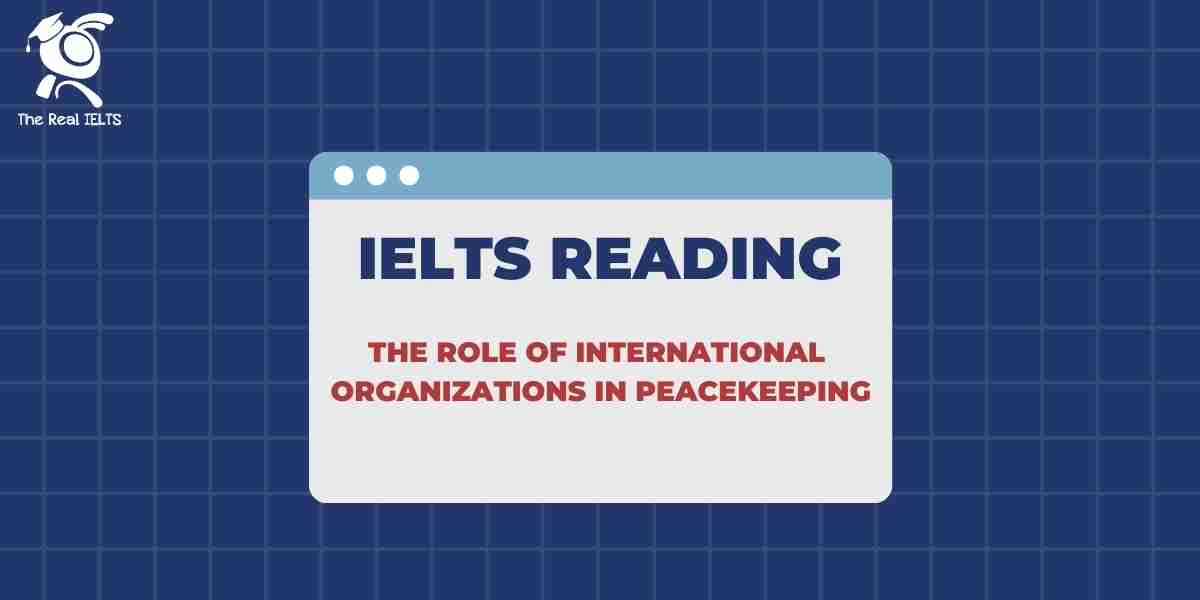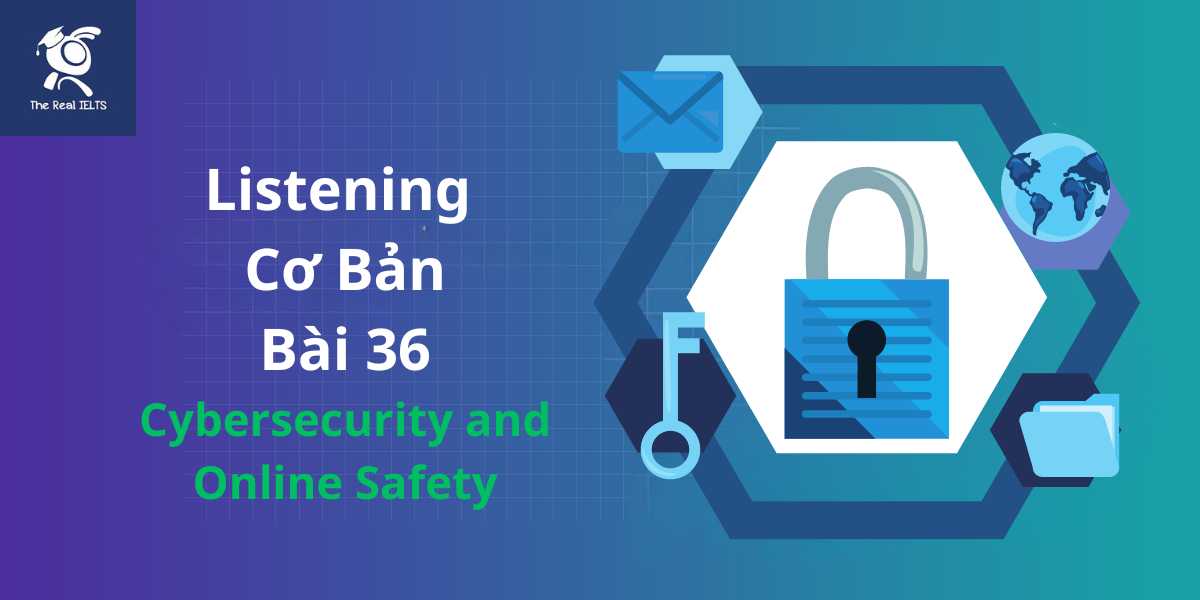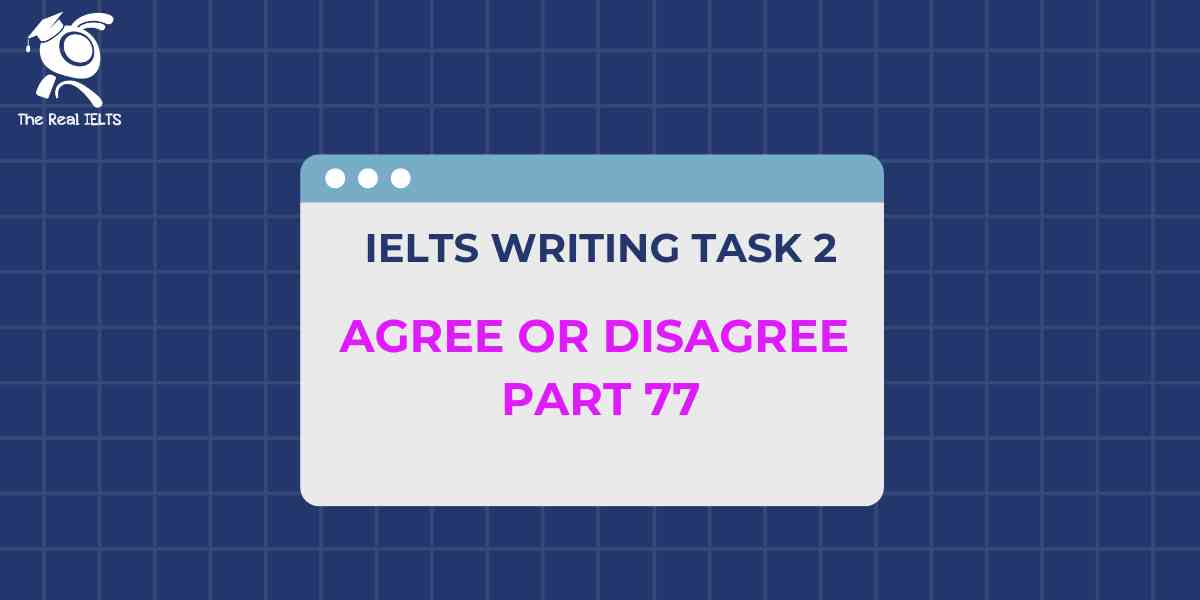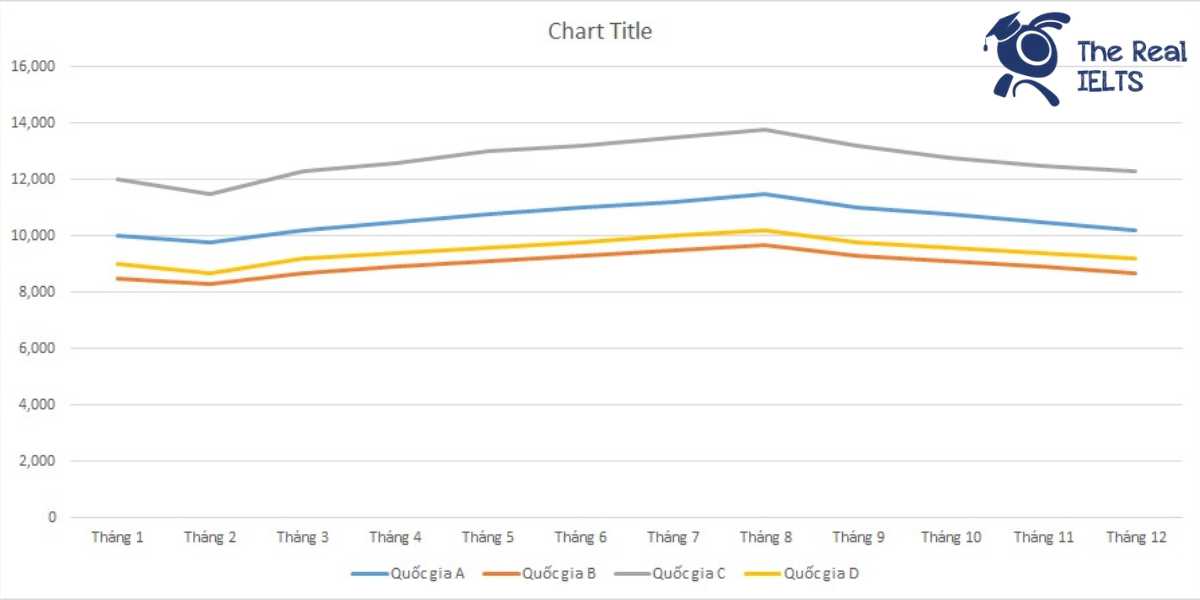Đề thi IELTS Reading có tiêu đề:”The History of the Silk Road”
Nhớ đọc thêm các bài luyện thi IELTS nhé.
IELTS Reading:
The History of the Silk Road
The Silk Road, an ancient network of trade routes that connected the East and West, has played a crucial role in the cultural, economic, and political exchanges between civilizations. Stretching over 7,000 kilometers, it linked the major centers of commerce in Asia, Europe, and Africa, facilitating not just the movement of goods, but also the transfer of knowledge, ideas, and cultures.
Origins and Early Development
The origins of the Silk Road can be traced back to the Han Dynasty in China, around the 2nd century BCE. The route was established primarily to export silk, a highly coveted commodity in the West. Chinese silk, with its delicate texture and vibrant colors, was in high demand among the elites of the Roman Empire and other ancient civilizations. This demand fueled the development of trade routes that extended through Central Asia, connecting China with India, Persia, and eventually, the Mediterranean.
The Silk Road was not a single path, but rather a network of interconnected trade routes. The main route started in the Chinese city of Chang’an (modern-day Xi’an) and passed through the deserts of Central Asia, the mountains of the Hindu Kush, and the fertile valleys of the Middle East. From there, it branched out towards the Mediterranean, where goods could be further transported to Europe and North Africa.
Cultural Exchange and Influence
The Silk Road was more than just a conduit for trade; it was a melting pot of cultures, religions, and ideas. As merchants, pilgrims, and travelers journeyed along these routes, they brought with them their beliefs, customs, and technologies, which influenced the regions they visited.
One of the most significant cultural exchanges that occurred along the Silk Road was the spread of Buddhism from India to China and beyond. Buddhist monks traveled with merchant caravans, carrying religious texts, art, and artifacts. The religion took root in Central Asia and China, where it evolved and integrated with local traditions, giving rise to unique forms of Buddhist art and architecture.
Similarly, the Silk Road facilitated the spread of other religions, including Islam, Zoroastrianism, and Christianity. Each of these faiths left its mark on the cultures of the regions they touched, contributing to the rich tapestry of civilizations along the Silk Road.
Technological and Scientific Exchange
The exchange of knowledge and technology was another significant aspect of the Silk Road. Chinese innovations such as papermaking, printing, and gunpowder were transmitted to the West through these trade routes, while technologies like glassmaking and metallurgy flowed from the Middle East to the East.
One of the most notable technological exchanges was the introduction of the compass from China to Europe, which revolutionized navigation and played a key role in the Age of Exploration. The Silk Road also facilitated the spread of agricultural techniques, such as irrigation and crop rotation, which improved food production in many regions.
Economic Impact
The economic impact of the Silk Road was immense. It connected the economies of distant regions, allowing for the exchange of goods that were otherwise unavailable locally. Chinese silk, Indian spices, Persian carpets, and Roman glass were among the many luxury items traded along the route. In return, China imported horses, wool, gold, and precious stones from the West.
The trade along the Silk Road also contributed to the development of cities and towns along the route. Caravanserais, or roadside inns, were established to provide shelter and supplies for traveling merchants. Some of these settlements grew into thriving commercial centers, where traders from different regions could meet and exchange goods.
Challenges and Decline
Despite its success, the Silk Road faced numerous challenges, including harsh geographical conditions, political instability, and the threat of bandits. The deserts and mountains along the route posed significant obstacles to travelers, while the lack of centralized control made it difficult to maintain the safety and security of the trade routes.
The decline of the Silk Road began in the 15th century, as maritime trade routes became more popular. The discovery of sea routes to Asia by European explorers, such as Vasco da Gama, reduced the dependence on overland trade. Additionally, the fall of the Mongol Empire, which had provided a period of stability along the Silk Road, led to increased fragmentation and insecurity along the route.
Legacy
Although the Silk Road is no longer the primary trade route between East and West, its legacy continues to influence the modern world. The cultural and technological exchanges that took place along the Silk Road laid the foundation for the interconnected global economy we see today. The route also serves as a symbol of the importance of cultural exchange and cooperation between civilizations.
In recent years, there has been a renewed interest in the Silk Road, particularly with China’s Belt and Road Initiative, which aims to revive the ancient trade routes and strengthen economic ties between Asia, Europe, and Africa. This modern incarnation of the Silk Road highlights the enduring significance of this ancient network of trade routes in shaping the history and future of global trade and relations.
Đề bài thi IELTS Reading
Multiple Choice (10 câu)
- What was the primary purpose of establishing the Silk Road?
- A. To spread religions
- B. To export silk
- C. To build cities
- D. To exchange technology
- Which dynasty is credited with the creation of the Silk Road?
- A. Tang Dynasty
- B. Song Dynasty
- C. Han Dynasty
- D. Ming Dynasty
- Which of the following was NOT a luxury item traded on the Silk Road?
- A. Chinese silk
- B. Roman glass
- C. Persian carpets
- D. Japanese tea
- What was one of the main technological innovations that spread from China to Europe via the Silk Road?
- A. The wheel
- B. The compass
- C. The plow
- D. The astrolabe
- Which religion spread from India to China through the Silk Road?
- A. Christianity
- B. Buddhism
- C. Islam
- D. Hinduism
- The Silk Road connected which continents?
- A. Asia, Europe, and Africa
- B. Asia and North America
- C. Europe and South America
- D. Asia and Australia
- What contributed to the decline of the Silk Road?
- A. The discovery of gold in Africa
- B. The popularity of maritime trade routes
- C. The invention of airplanes
- D. The unification of Europe
- Which city was the starting point of the main Silk Road route?
- A. Beijing
- B. Shanghai
- C. Chang’an
- D. Hangzhou
- What was the role of caravanserais along the Silk Road?
- A. They were marketplaces.
- B. They provided shelter for merchants.
- C. They were religious sites.
- D. They were military forts.
- The modern revival of the Silk Road is associated with which initiative?
- A. The New Silk Road Project
- B. The Global Trade Initiative
- C. The Belt and Road Initiative
- D. The Trans-Asian Highway
True/False/Not Given (5 câu)
- The Silk Road was a single, continuous route from East to West.
- True
- False
- Not Given
- Buddhist monks were the only religious figures to travel along the Silk Road.
- True
- False
- Not Given
- The Han Dynasty exported horses to Europe via the Silk Road.
- True
- False
- Not Given
- The Mongol Empire provided a period of stability for the Silk Road.
- True
- False
- Not Given
- The Silk Road played a role in the spread of papermaking to Europe.
- True
- False
- Not Given
Yes/No/Not Given (5 câu)
- The author believes that the Silk Road was vital in connecting different civilizations.
- Yes
- No
- Not Given
- The author suggests that the fall of the Mongol Empire directly caused the decline of the Silk Road.
- Yes
- No
- Not Given
- The author argues that silk was the most important product traded on the Silk Road.
- Yes
- No
- Not Given
- The author mentions that the Silk Road’s legacy is irrelevant to modern global trade.
- Yes
- No
- Not Given
- The author implies that the Belt and Road Initiative will not achieve the same impact as the original Silk Road.
- Yes
- No
- Not Given
Matching Information (5 câu)
21-25. Match the following information to the corresponding paragraph:
- A. Spread of Buddhism
- B. Decline of the Silk Road
- C. Economic impact of the Silk Road
- D. Cultural exchange along the Silk Road
- E. Origins of the Silk Road
Matching Headings (5 câu)
26-30. Match the headings to the appropriate paragraph:
- i. The Beginning of a Trade Network
- ii. A Conduit for Knowledge and Technology
- iii. Religious and Cultural Diffusion
- iv. Challenges Faced by the Silk Road
- v. The Legacy of the Silk Road
Sentence Completion (5 câu)
- The Silk Road connected major centers of commerce in __________, __________, and __________.
- One of the most significant cultural exchanges along the Silk Road was the spread of __________.
- Chinese innovations such as __________, __________, and __________ were transmitted to the West via the Silk Road.
- The trade along the Silk Road contributed to the development of __________ and __________ along the route.
- The decline of the Silk Road began in the __________ century due to the popularity of maritime trade routes.
Summary Completion (3 câu)
36-38. Complete the summary using words from the passage:
The Silk Road was a vast network of trade routes established during the __________. It connected the East and West, allowing for the exchange of goods such as __________, __________, and technology. Despite its success, the Silk Road faced challenges like __________ and __________, leading to its decline in the 15th century.
Short Answer Questions (2 câu)
- What was the primary luxury item that drove the establishment of the Silk Road?
- Which modern initiative aims to revive the ancient Silk Road routes?
Đáp án bài thi IELTS Reading
Multiple Choice
- What was the primary purpose of establishing the Silk Road?
- B. To export silk
- Which dynasty is credited with the creation of the Silk Road?
- C. Han Dynasty
- Which of the following was NOT a luxury item traded on the Silk Road?
- D. Japanese tea
- What was one of the main technological innovations that spread from China to Europe via the Silk Road?
- B. The compass
- Which religion spread from India to China through the Silk Road?
- B. Buddhism
- The Silk Road connected which continents?
- A. Asia, Europe, and Africa
- What contributed to the decline of the Silk Road?
- B. The popularity of maritime trade routes
- Which city was the starting point of the main Silk Road route?
- C. Chang’an
- What was the role of caravanserais along the Silk Road?
- B. They provided shelter for merchants.
- The modern revival of the Silk Road is associated with which initiative?
- C. The Belt and Road Initiative
True/False/Not Given
- The Silk Road was a single, continuous route from East to West.
- False
- Buddhist monks were the only religious figures to travel along the Silk Road.
- False
- The Han Dynasty exported horses to Europe via the Silk Road.
- False
- The Mongol Empire provided a period of stability for the Silk Road.
- True
- The Silk Road played a role in the spread of papermaking to Europe.
- True
Yes/No/Not Given
- The author believes that the Silk Road was vital in connecting different civilizations.
- Yes
- The author suggests that the fall of the Mongol Empire directly caused the decline of the Silk Road.
- Yes
- The author argues that silk was the most important product traded on the Silk Road.
- Not Given
- The author mentions that the Silk Road’s legacy is irrelevant to modern global trade.
- No
- The author implies that the Belt and Road Initiative will not achieve the same impact as the original Silk Road.
- Not Given
Matching Information
- Spread of Buddhism
- D. Cultural exchange along the Silk Road
- Decline of the Silk Road
- B. Decline of the Silk Road
- Economic impact of the Silk Road
- C. Economic impact of the Silk Road
- Cultural exchange along the Silk Road
- D. Cultural exchange along the Silk Road
- Origins of the Silk Road
- E. Origins of the Silk Road
Matching Headings
- The Beginning of a Trade Network
- E. Origins of the Silk Road
- A Conduit for Knowledge and Technology
- B. Technological and Scientific Exchange
- Religious and Cultural Diffusion
- D. Cultural Exchange and Influence
- Challenges Faced by the Silk Road
- B. Decline of the Silk Road
- The Legacy of the Silk Road
- F. Legacy
Sentence Completion
- The Silk Road connected major centers of commerce in Asia, Europe, and Africa.
- One of the most significant cultural exchanges along the Silk Road was the spread of Buddhism.
- Chinese innovations such as papermaking, printing, and gunpowder were transmitted to the West via the Silk Road.
- The trade along the Silk Road contributed to the development of cities and towns along the route.
- The decline of the Silk Road began in the 15th century due to the popularity of maritime trade routes.
Summary Completion
- The Silk Road was a vast network of trade routes established during the Han Dynasty.
- It connected the East and West, allowing for the exchange of goods such as silk and spices and technology.
- Despite its success, the Silk Road faced challenges like harsh geographical conditions and political instability, leading to its decline in the 15th century.
Short Answer Questions
- What was the primary luxury item that drove the establishment of the Silk Road?
- Silk
- Which modern initiative aims to revive the ancient Silk Road routes?
- The Belt and Road Initiative
Luyện tập bài khác ở bài viết:”100 bài luyện IELTS Reading 2024 – 2025“



